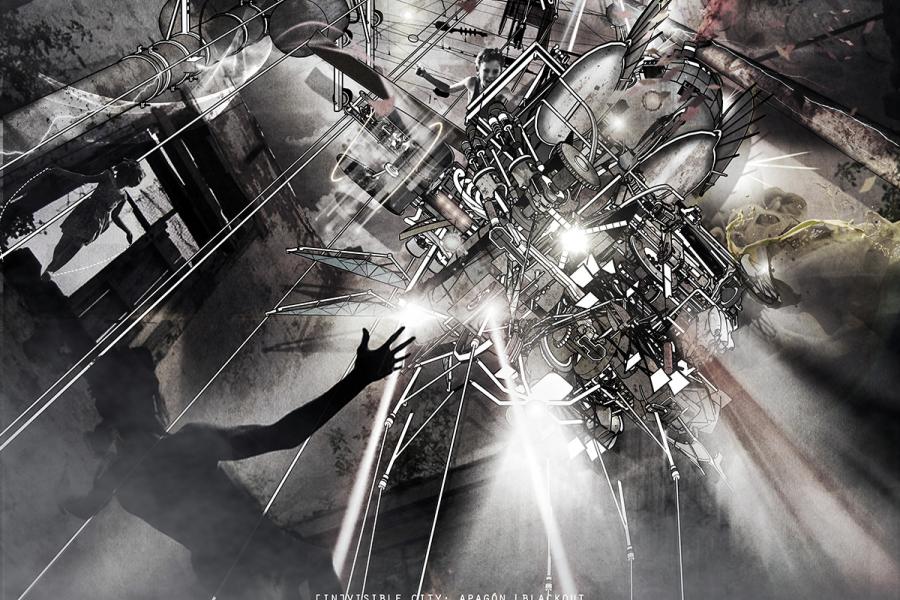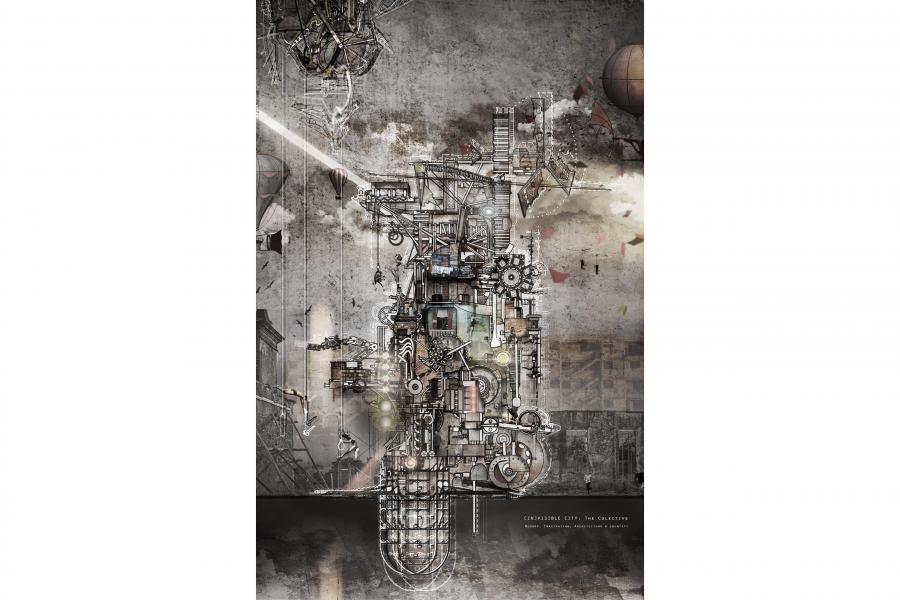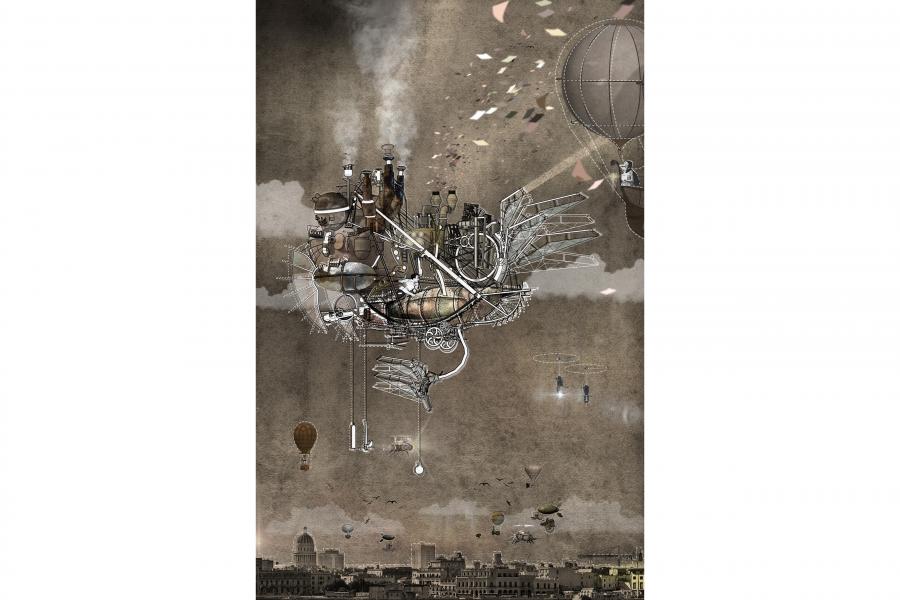Jessica Leon D'Toste
Advisor: Eduard Epp
![[in] visible Havana: Memory, Architecture and Identity](/architecture/sites/architecture/files/styles/3x2_900w/public/2020-10/ar_dt_2019f_dtoste_centerimage.jpg?itok=4IOrcy0k)



[in] visible Havana: Memory, Architecture and Identity
This thesis explores the subject of collective memory, imagination, identity and architecture. The purpose of this analysis is to examine and investigate the role of architecture, imagination and dreams into the active creation of a nation’s collective memory and identity. Collective memory is, as Halbwachs defined, a socially constructed notion1. Moreover, as stated by Rossi, mass, scale, proportions and texture are the elements that define the ideology of the collective memory of buildings, and therefore of the people around them2. These ‘urban dimensions’ unlike the studies of the architectural object, look at the city’s building fabric as its community’s collective memory. Hence, it is proposed that in the active act of collective memory formation of a given community, the role of personal dreams and imagination aid the collective to form ideas of how a community chooses to act and in what way it decides to remember. Friedrich Nietzsche perceived the notion of ‘active forgetting’ as selected remembering, the faculty of enabling what should enter or not consciousness, which he believed, was highly linked to personal identity3.
From the first days of colonization, when the Spanish, Africans, and Americans started to construct the ‘New World’, to the last 60 years when a newer economic and political system was implemented with the triumph of the Cuban revolution in 1959, newer traditions, habits, and uses were brought together, constructing a new identity that is today more than ever reflected in the build environment of Havana. Thus, what role does imagination have in the conceptualization of communities’ collective memory? Consequently, if recollections are only possible in a specific social framework, what occurs to the collective memories of a community or nation if the site where these memories were created is permanently eliminated or significantly transformed? Are imagined communities memory distortions of our own reality? Are dreams the purest expression of self-identity? Is there a place/space for collective memories to be created beyond consciousness and in a framework other that the tangible? This project aims to explore the phenomenon of colonization, re-birth and transformations of Cuba’s collective memory through architecture.
